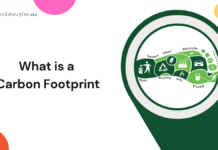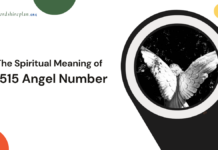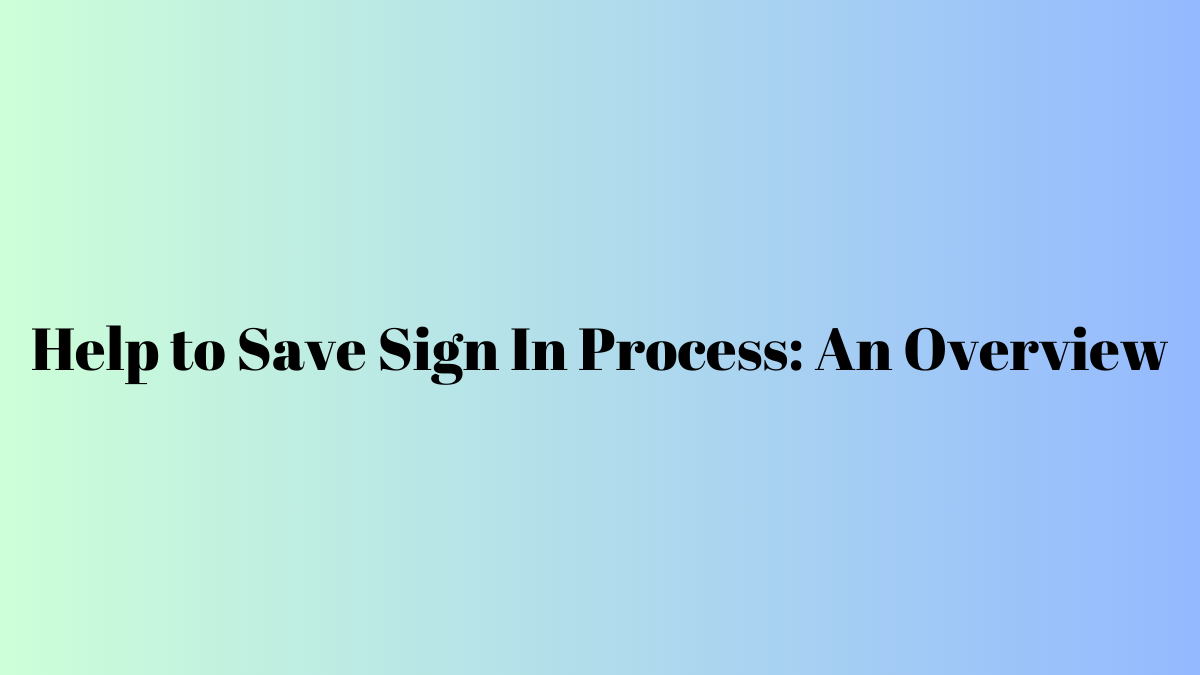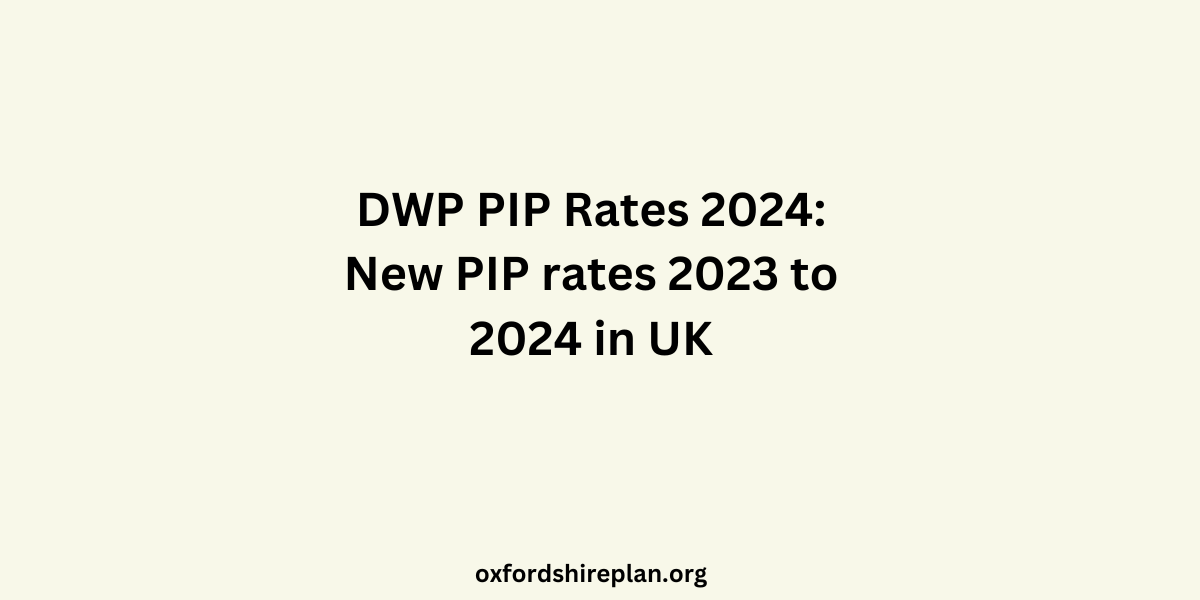The Help to Save Sign in program is a special savings account for people who qualify based on specific rules. This account lasts for four years and gives a bonus of half the money saved without any taxes. The government started this program to help people with less money to save more easily and regularly.
You can put away as much as £50 every month. You get a bonus every second and fourth year since opening the account. The bonus amount depends on the amount of money in the account at any given time. So, if you take money out, it might reduce the bonus you get later.
If you save the full £50 every month for all four years, which adds up to £2,400, you will get a total bonus of £1,200.
HM Revenue & Customs (HMRC) runs the program, and National Savings and Investments (NS&I) keeps the savings account. In this article, we are are here to talk about Help to Save Sign in process and more related concepts:
Contents
- What Is Help-to-Save?
- Who Can Benefit from Help-to-Save?
- How Does Help-to-Save Work?
- How to do Help to Save Sign in?
- Why Should You Consider Help-to-Save?
- Means-tested benefits
- Debt recovery
- Account Termination
- Closing your account early
- Leaving the UK
- Some FAQs
- What is Help to Save?
- How does Help to Save work?
- Who is eligible for Help to Save?
What Is Help-to-Save?
Help-to-Save is a government-backed savings scheme designed to assist low-income earners in building a financial safety net. If you are eligible, it offers a 50% bonus on your savings, potentially up to £1,200 over a period of four years.
Who Can Benefit from Help-to-Save?
You can open a Help-to-Save account by meeting the following criteria:
You must be receiving certain benefits, including:
- Working Tax Credit
- Child Tax Credit
- Universal Credit
In your last monthly assessment period, you (and your partner, if it is a joint claim) should have had take-home pay of £722.45 or more.
To get a Help-to-Save account, you need to meet some requirements on the day you apply and when your application is approved. After your account is opened, it is okay if you do not meet the requirements anymore, but there might be some rules to follow if you move out of the UK.
If things change for you and you become qualified to open an account, like if you start getting universal credit and make enough money, then it is a good idea to open an account while you have the chance. You can keep this account for four years, even if you stop needing government benefits later.
You cannot open a Help-to-Save account with someone else; it is just for one person. However, if you and your partner both qualify because of your joint tax credits, you can each have your own account. That way, you both could earn up to £2,400 in bonuses together.
How Does Help-to-Save Work?
You can save between £1 and £50 each month. The best part? You do not have to save every month; it is flexible.
You will receive a 50% bonus on your savings at the end of two years and four years. Let us break it down:
- If you save £2,400 over four years (the maximum allowed), you will get a £1,200 bonus from the government.
- The bonus payments are made directly into your bank account.
Need to withdraw some money? Help-to-Save accounts offer easy access, so you can make withdrawals if necessary.
How to do Help to Save Sign in?
Help to Save Sign in process is simple:
- Visit the GOV.UK website or use the HMRC app.
- Search for “help to save” to find out more and apply.
Why Should You Consider Help-to-Save?
- Positive Saving Habits: Help-to-Save encourages good saving habits, regardless of how much you can afford to save.
- Government Boost: Whatever amount you save triggers a top-up from the government.
- Secure Savings: Since it is backed by the government, your savings are secure.
Means-tested benefits
The extra money you get from the Help-to-Save bonus does not count as income when figuring out your benefits.
However, the money in your Help-to-Save account is not counted for tax credits, yet it is considered when calculating housing benefits and universal credit. If you have more than £6,000 in savings, it could change your eligibility for these benefits.
Keep in mind, if both you and your partner have a Help-to-Save account and you both save the most you can for four years, the total amount of money and bonuses you have could be more than £6,000.
Debt recovery
The UK tax department can take back money owed from bank accounts in special cases, and this includes Help-to-Save accounts. However, they usually would not do this if the customer is in a tough situation.
Account Termination
Four years after you start your Help-to-Save account, it will close on its own. The money left in it, plus any last bonus, will be put into the bank account you chose.
Closing your account early
You can close your Help-to-Save account early, but to get the bonus, you need to wait until the four years are up. If you close it sooner, you would not get the bonus.
Leaving the UK
If you go out of the UK for a short time (usually not over a year), you can still put money into your Help-to-Save account like usual for:
- 8 weeks, if you get tax credits or
- 1 month if you get universal credit.
You might be able to keep adding money for up to 6 months if you work at sea or on the ocean floor, or if you are away because someone close to you died or needs medical care.
If you stay away from the UK longer than these times, you have to tell NS&I and stop putting money in your account. If you do not, you might have to pay a fine.
However, you do not have to close your account and you will still get your bonus without UK tax. Just remember to check if you need to pay tax in the new country you are living in.
Some FAQs
What is Help to Save?
Help to Save is a UK government scheme that offers low-income earners a 50% savings bonus, with a maximum bonus of £1,200 over four years.
How does Help to Save work?
You can save between £1 and £50 each month. After two years, you receive the first 50% bonus based on the highest balance. After four years, a second bonus is paid.
Who is eligible for Help to Save?
UK residents receiving Universal Credit with a take-home pay of £722.45 or more in the last month, or those entitled to Working Tax Credit.
- PPI Payout Tax Refunds: A Simple Guide
- Understanding Class 4 NIC for the Self-Employed: A Simple Guide
- Rent a room scheme: what is it and how does it work?
- VAT rate UK for Your Small Business: A Simple Guide
- Understanding Your £48,000 After Tax in the UK
- A Cashless Society: How Does a Cashless Society Affect Your Privacy?
- Know all about Salary Sacrifice Pension

I am a dedicated lifestyle and fashion enthusiast, always looking for the latest trends and timeless styles. With a flair for creativity and a passion for self-expression, I provide fresh insights and tips on elevating everyday living and personal style.
















